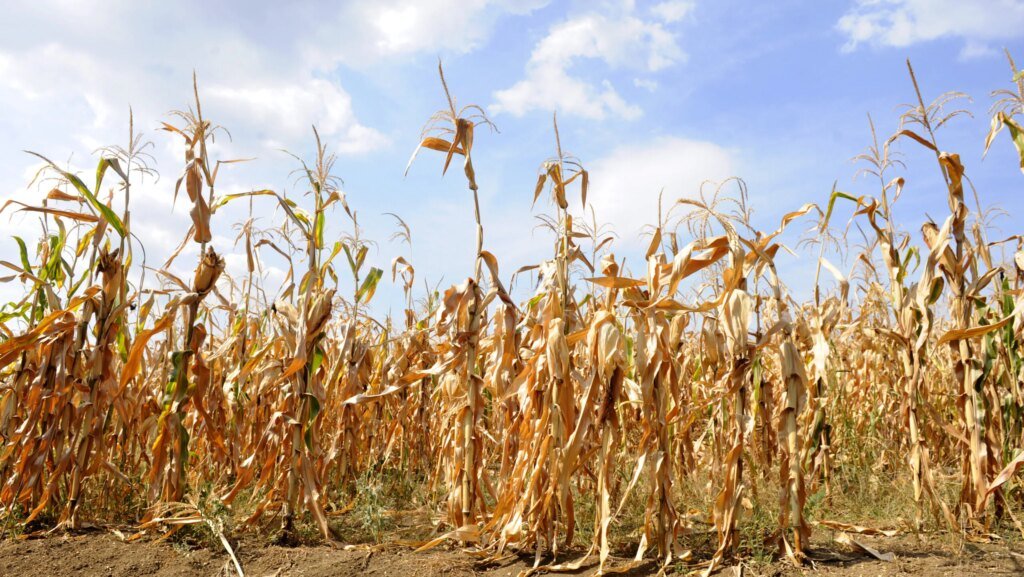Alabama Faces Drought Concerns Following Dry September
The Alabama Drought Assessment, Planning Team Monitoring and Impact Group has emphasized the environmental effects of a notably dry September.
ADAPT, part of the Alabama Department of Economic Areas, manages governmental responses to drought situations. The Task Force’s Oversight and Impact Group Subcommittee focuses on monitoring climate and hydrological data.
Michael Harper, a senior environmental engineering expert at ADECA, pointed out that rainfall measurements in Huntsville, Birmingham, Montgomery, and Mobile are currently below average.
Interestingly, despite recent low precipitation levels, the overall rainfall from the start of the year until now has been normal or even above average. Harper believes this is mainly due to a “very wet” summer.
He added that while many areas received good rainfall in the 11 days leading up to their meeting, some regions remain surprisingly dry. “Even though it’s been 34 to 65 days since a quarter-inch of rain fell, we can still find dry patches,” Harper noted. “It could rain, but it hasn’t been significant.”
Referencing the latest National Weather Service data, Harper discussed a seasonal drought outlook that suggests ongoing drought conditions are expected through the end of the year. Almost the entire state of Alabama may face worsening drought incidents.
He also shared the most recent information from the US Drought Monitor, which is compiled weekly by various climate and agriculture agencies. As of September 30, the map indicates that the state, with a few exceptions in northern regions, is experiencing conditions that range from unusual dryness to extreme drought.
Harper mentioned that by 2025, extreme drought conditions could emerge in parts of Hale, Green, and Marengo counties. In the meantime, ADECA has approved an Alabama drought declaration for October.
This declaration upgrades drought advisories to warnings in western Alabama, affecting counties like Bibb, Choctaw, and Wilcox. The southeastern region’s ongoing dryness has also led to some areas being elevated from warnings to monitoring statuses.
Lee Ellenberg, a climate researcher, noted that October typically sees little precipitation in Alabama. However, a dry September raises concerns about the potential severity of October’s weather. “How harsh October will be relates a lot to how we got here,” she explained. “A big deficit early on can really amplify the issues.”
Officials from various agricultural organizations shared insights into how last month’s unusual dryness has negatively impacted crop yields and soil health. Bob Plaster, assistant director of ADAI, said, “It’s really dry out there. Farmers are in the middle of harvest, but the damage was done weeks ago. It sprinkled recently, which is good, but it was needed earlier.”
Erin Beasley, vice president of the Alabama Cattlemen’s Association, expressed concerns about the challenges in planting winter grass due to hard ground conditions. “In some places, the soil is just too tough to work with,” she remarked.
Beasley also highlighted interruptions in hay production, partly due to earlier heavy rains. “This summer has been quite unusual, and we’re keeping a close eye on drought conditions,” she added.
Carla Hornady, who oversees several agricultural sectors, described her observations from a Dallas County farm earlier. She pointed out that cotton and soy crops are yielding less than normal, and peanut quality is also subpar. “When harvesting peanuts, the ground is so hard that we have to change equipment frequently,” she noted. “A little rain won’t improve things much now; many crops are already struggling.”
Barcy Butler, deputy director of the Alabama Forest Commission’s Conservation Division, warned that fire risks are escalating. Although fire hazards were low recently, he indicated that most of the southern state could face increased fire risks soon. ” while the current risk is low, it can change,” he clarified.
Butler presented data indicating that fire activity has risen across Alabama. A recent fire burned 173 acres in Randolph County and marked part of a broader trend of 146 fires and 1,483 acres affected this year. “We’ve certainly seen heightened fire activity,” he revealed.
The Alabama Forestry Committee is working to raise awareness about fire risks, and new regulations are being put into place in 12 counties. Butler cautioned that without sufficient rainfall, the heightened fire risk may continue for the foreseeable future.
Since the year’s start, Alabama has recorded 1,478 fires burning a total of 29,219 acres. Comparatively, last year saw a total of 1,804 fires just under 22,000 acres. The next meeting of the Monitoring and Impact Group is set for October 29.







